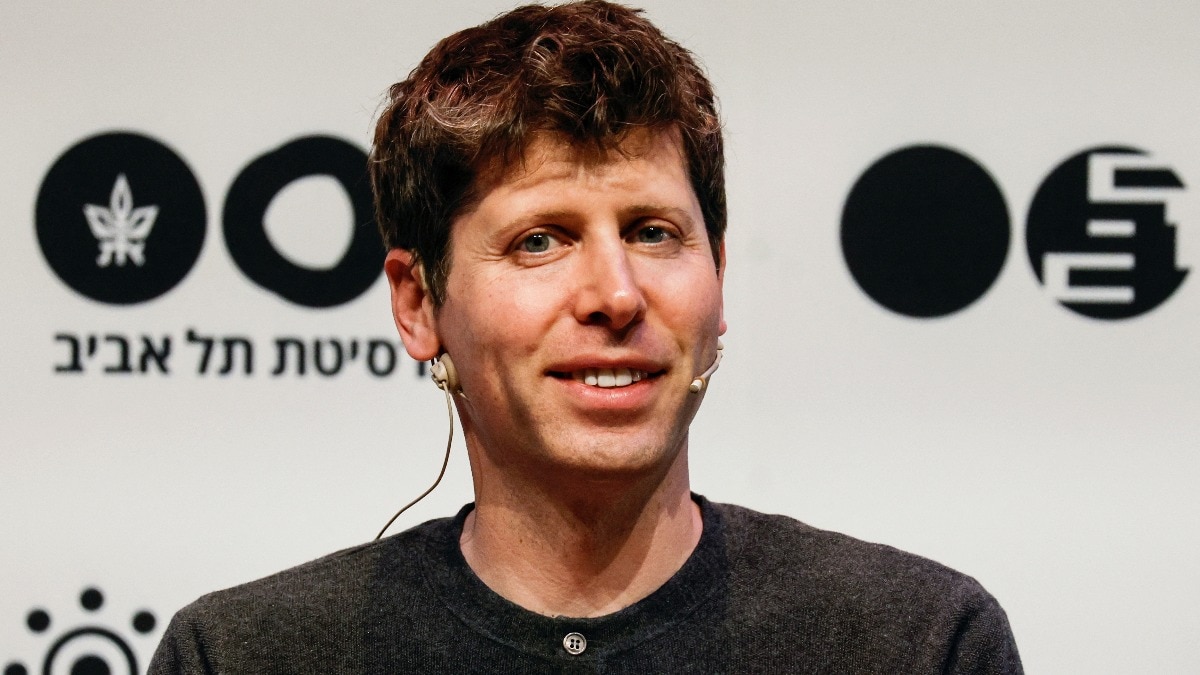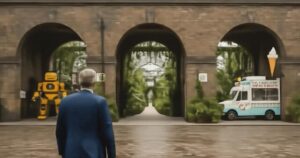Sam Altman, CEO of OpenAI, claims that 10 percent of the global population uses ChatGPT

OpenAI’s Rapid Growth and Innovations in AI Technology
In a recent discussion with TED curator Chris Anderson, OpenAI’s CEO Sam Altman highlighted the astonishing growth of their AI platform. According to Altman, the number of users had surged to hundreds of millions, with estimates suggesting about 800 million users of ChatGPT. Altman remarked, "Something like 10 percent of the world uses our systems, now a lot. It’s growing really fast," as reported by Forbes.
Explosive User Growth
OpenAI has seen a remarkable increase in its user base, especially in recent months. By December 2024, the platform reported around 300 million weekly active users on ChatGPT. The user count appeared to have doubled following the launch of their new image generation tool. This innovative feature has attracted an even broader range of users eager to explore AI capabilities.
In a recent update, OpenAI’s Chief Operating Officer (COO) Brad Lightcap announced that in just one week after launching the image generation feature, over 130 million users had created more than 700 million images. Lightcap conveyed that this milestone marked an extraordinary week for the platform, with notable growth particularly in India, which has emerged as the fastest-growing market for ChatGPT.
New Image Generation Feature
The new image generation tool is integrated into the GPT-4o model, enabling users to create images directly through the chatbot. This functionality marks a significant shift from the previous requirement of using external tools like DALL-E or Sora. Users quickly discovered that the image generator excels at mimicking the distinctive art style found in Studio Ghibli films, leading to a social media trend where users shared their creations under the hashtag #ghiblistyle.
While the emerging trend has been largely celebrated, many users have also raised concerns regarding copyright issues. The ability to replicate intricate artistic styles within seconds has led to questions about the copyright implications of AI-generated content.
Addressing Copyright and Fair Compensation
During the conversation, Altman acknowledged the importance of compensating artists when AI replicates their work. He stated that in the future, AI models might be able to automatically send payments to the original creators when their artwork is utilized in AI-generated responses. For the time being, OpenAI has implemented safeguards to prevent the AI from generating content that is protected by copyright.
The Future of Work and AI
The discussion also ventured into the controversial topic of AI potentially replacing human jobs. Altman presented two perspectives on this issue. One viewpoint is to panic about job security, fearing that AI could take over tasks previously performed by humans. Alternatively, he suggested that throughout history, every technological revolution has introduced new tools that enhance productivity. He encouraged a proactive approach by asking, “What am I going to be able to do with this new tool?”
Altman believes that while AI might increase workplace expectations, it will also make tasks more manageable for employees. He stated, "It is true that the expectation of what we’ll have for someone in a particular job increases, but the capabilities will increase so dramatically that I think it’ll be easy to rise to the occasion.” This perspective provides a more optimistic outlook on the relationship between AI advancements and the future workforce.
As OpenAI continues to innovate and expand its offerings, the implications for users, artists, and the job market will evolve, sparking ongoing discussions about the impact of AI technology on society.





